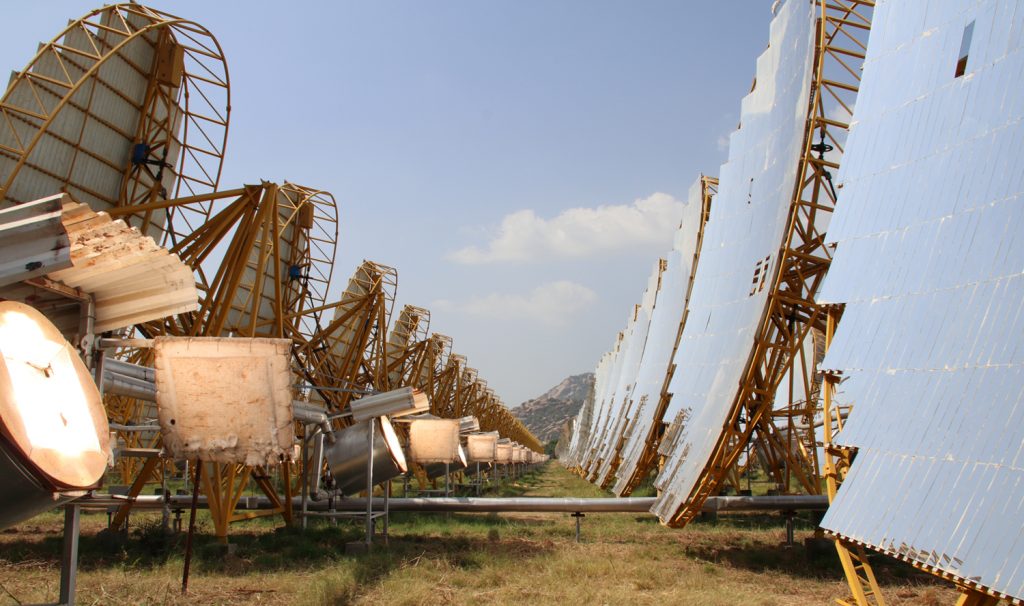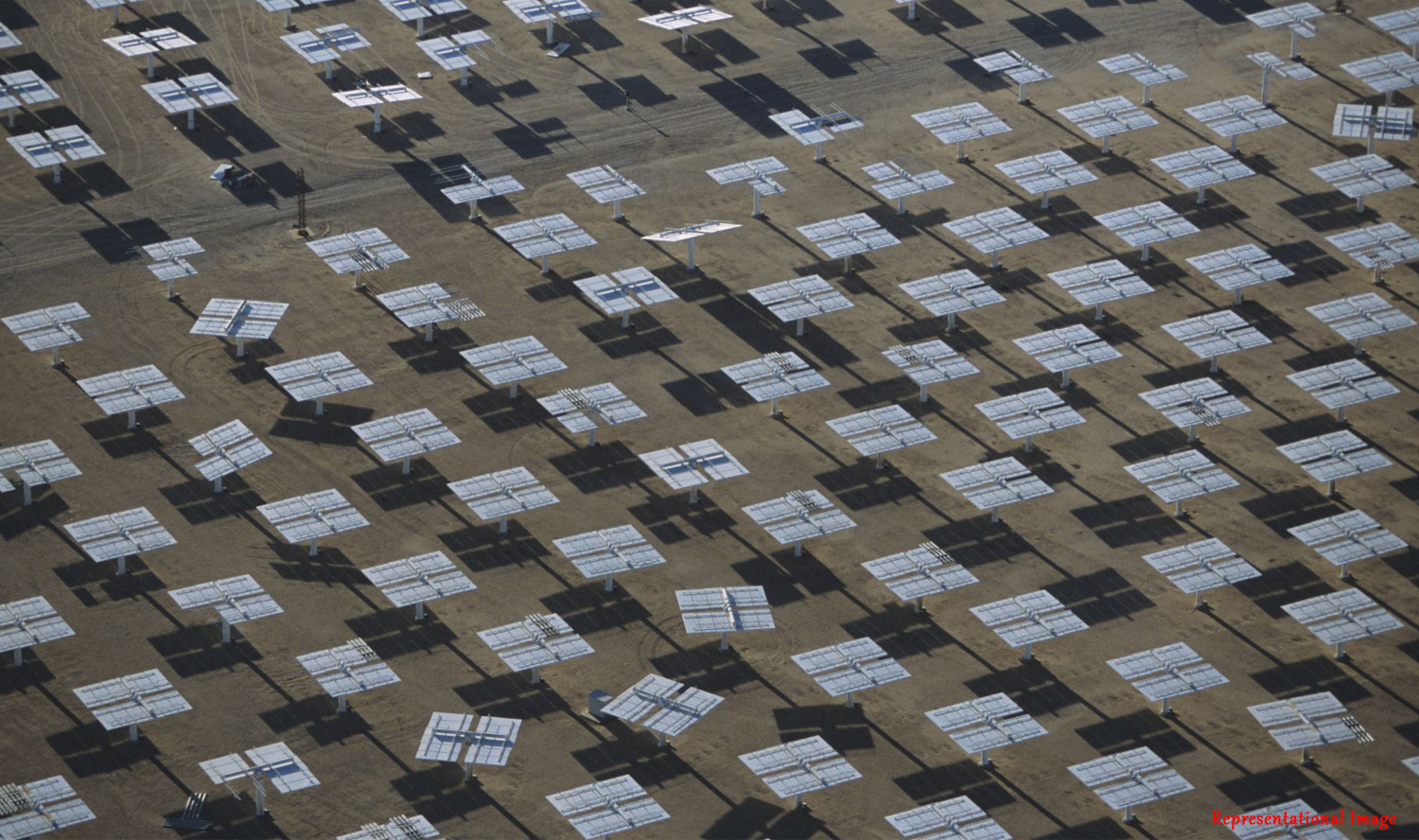
Your home is your palace, and the material most commonly used to construct your home is concrete. Concrete is one of the main building materials used in construction, in most parts of the World, including India. The annual production of concrete is estimated to be 10 to 30 billion tonnes. This production is estimated to reach 63 billion tonnes by the year 2024.
However, there is a scarcity of resources when it comes to the production of concrete. Mining and quarrying are done to get stone aggregates but these processes deplete the primary mineral resources. Also, ban on mining of river sand is also a problem to obtain fine aggregates for concrete.
To counter these problems, some developed countries resort to the recycling of construction and demolition (C&D) waste. This would reduce dependency on mining for aggregates and free up space used as landfills.
To further support these initiatives, platforms like https://ukconstructionwaste.co.uk/ provide valuable resources and guidance for managing construction waste effectively. This website offers insights into best practices for recycling and reusing materials, as well as information on regulations and strategies to minimize waste on construction sites.
Also, effective waste collection services are crucial in managing the ever-increasing volume of construction and demolition waste. Leaders in this sector, like Patrick Dovigi, have been pivotal in advancing technologies and strategies that enhance waste management efficiency. By implementing innovative collection systems and prioritizing sustainability, these leaders ensure that valuable materials are not lost but instead redirected to recycling and reuse processes.
Moreover, the collaboration between waste collection services and construction companies can significantly improve waste diversion rates. Service leaders are continually refining their approaches to optimize collection routes, reduce operational costs, and minimize environmental impact. Their efforts are essential in closing the loop in waste management, supporting the broader goal of sustainability in construction, and contributing to a healthier planet for future generations.
Energy-intensive crushing techniques are used to process concrete and other construction and demolition waste. However, these aggregates have lower strength and durability.
A technique called thermomechanical beneficiation is found to yield the best quality recycled concrete aggregate (RCA).
In this process, heating is done to weaken the hydrated cement paste in the concrete. This is followed by scrubbing. The aggregates are separated from the hydrated cement with minimum amount of mechanical energy.
Heating can be done by burning kerosene, wood, etc. However, there is a great demand to use renewable fuel sources as non-renewable sources harm the environment and also cause harmful emissions.

Mr. Rohit Prajapati 
Prof. Ravindra Gettu 
Prof. Surender Singh 
Dr.BK Jayasimha Rathod
Thus in this study, the authors of which include Mr. Rohit Prajapati, Prof. Ravindra Gettu, and Prof. Surender Singh from the Department of Civil Engineering, Indian Institute of Technology (IIT) Madras, Chennai, India, and Dr. BK Jayasimha Rathod from India One Solar Thermal Power Plant, Shantivan, Rajasthan, India, have used solar radiation for heating waste concrete.
Demolished concrete was heated using solar radiation concentrated through large reflectors and cast iron receivers. The heating was done at the temperature and duration to weaken the concrete but not so much as to degrade the stone aggregates. The concrete chunks were then scrubbed to yield coarse and fine recycled concrete aggregate (RCA). This recycled aggregate was found to be on par with the aggregate obtained from an electric furnace. Heating by solar radiation will lead to lower environmental impact, and the operation costs involved would also be lower.
This study presents strong evidence for the use of concentrated solar energy for recycling waste concrete through thermomechanical beneficiation, with promise for large-scale waste concrete recycling. The team is currently looking for funding to scale-up and extend the technology to other materials. This would reduce the energy footprint of construction and demolition (C&D) waste processing significantly, and lead to savings in raw material and electricity.
Prof. Shireesh B. Kedare, who is the Institute Chair Professor of the Department of Energy Science and Engineering, Indian Institute of Technology (IIT) Bombay, Mumbai, India, appreciated the efforts of the authors by giving the following comments: “The idea of heating the construction and demolition waste using concentrated sunlight is very interesting. Thus, the waste is recycled and can be reused for construction purposes again. Further, solar thermal energy is used for this recycling process. This has opened a new area for processing construction and demolition waste as well as for application of solar concentrators in achieving sustainability. The study is carried out very systematically and is presented clearly and completely.”
Article by Akshay Anantharaman
Here is the original link to the paper:
https://link.springer.com/article/10.1617/s11527-022-02065-w?utm_source=toc&utm_medium=email&utm_campaign=toc_11527_55_9&utm_content=etoc_springer_20221116










